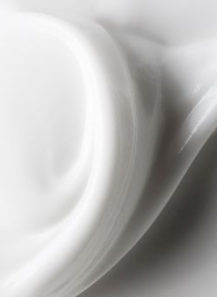Azelaic Acid Cream (20% Azelaic Acid, e.q. Skinoren)
Drug
Code: 125380
Azelaic acid gel is a topical medication used to treat certain skin conditions
Restricted product - require special permission
Cart
No products
Subtotal:
0.00
Total
0.00
THB



